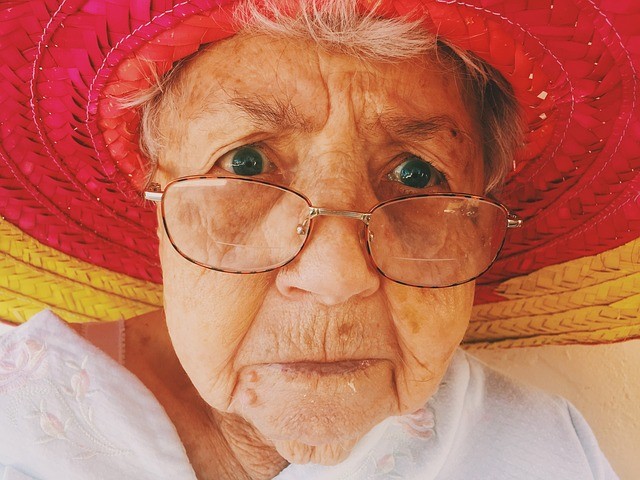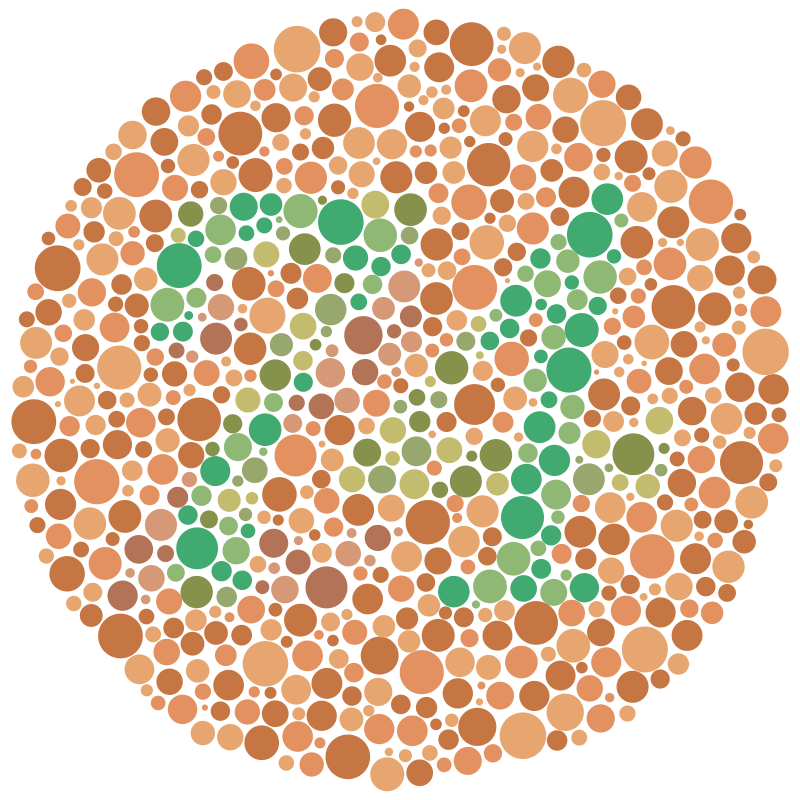Myopia & Healthy Vision
“How sad if we pass through life and never see it with the eyes of a child” Anthony de Mallo
Eyesight is a gift most of us take for granted until there is a problem. Imagining life without our ability to see is a reality for many and daunting for most. Any changes in our ability to see can cause instant anxiety and a desire to fix it. Myopia (AKA nearsightedness) is the most common form of eye ‘refractive error’ worldwide. According to Merriam-Webster, myopia is a condition where visual images come into focus in front of the retina resulting in defective vision for distant objects. I remember telling my mom that I could see my hand but not the blackboard in school. Since 80% of information children receive in any classroom setting comes visually, I was soon fitted with my 1st pair of glasses. With myopia, the eye is physically longer front to back than ideal or the cornea is too steeply curved. Nearsightedness develops in childhood as the eye grows. It progresses yearly into early adulthood and generally stops or significantly slows as growth stops (and then aging rears its’ ugly head and we are off to the races). Studies are showing an increasing incidence of myopia among children. While there is no proven link, it is suggested that children who spend a lot of time indoors engaged in close-in activities like video games, computer use, or good old-fashioned reading have higher rates of myopia than those who spend most of the time outdoors.

Risk Factors
42 % of Americans currently are diagnosed with myopia vs. 25% in 1971 and it occurs in 80% of the Asian population worldwide. Exactly why the increase in worldwide incidence is anyone’s guess
• Genetics: there are 161 genetic factors linked to myopia so look to parents and grandparents.
• Eye Use: up-close work increases vulnerability
• Sunlight exposure: there is a possible link between being indoors vs. outdoors and the resulting sun exposure. Sunlight stimulates the neurotransmitter dopamine which controls the elongation growth of the eye.
• Viral infection in the pregnant mother (rubella, HIV, herpes)
• Turned or crossed eyes and what used to be called ‘lazy eye’
• Pandemic effects: Virtual school, limited outdoor time, digital eye strain. “We know that focusing up close and not being outside has increased the rate of myopia. There’s been a huge impact from the pandemic.” Julia A. Heller, ophthalmologist-in-chief at Wills Eye Hospital, Philadelphia PA.
TREATMENTS
Myopia in children has been linked to eye conditions later in life like glaucoma, cataracts and retinal detachment. Since myopia cannot be reversed, doctors have focused on preventing and/or treating the progression.
Glasses
How well I remember getting those brown glasses in 2nd grade. Technology has progressed to those that specialize in nearsightedness by reducing the amount of contrast in the peripheral vision thereby slowing down eye growth. (SightGlass Vision, Inc.)
Single Vision Contact Lens
These focus distant vision on the retina and the peripheral light is focused behind the retina.
Multi-focal or Peripheral ‘Defocus’ Contact Lens
These are worn by children 6-12 years old. They have different areas of focus like a dartboard with concentric circles and a bullseye. The bullseye corrects the blurry distance vision while the circles around it blur the side/peripheral vision. According to the National Eye Institute of the National Institutes of Health, this is believed to slow eye growth and limit myopia. It tricks the eye not to grow. For full benefit these must be worn 10 hours/day, 6 days/week into the late teens.
Low Dose Atropine
This is the stuff used to dilate the pupil for eye exams. The protocol is to give small amounts daily for 2-3 years. Doctors do not know exactly how it works but it appears to slow the progression of myopia. The biggest challenge is compliance.
Orthokeratology (Ortho-K)
These are rigid, yet breathable lenses that are worn overnight by the child. It flattens the lens while the child is asleep. The following day light passes through a newly shaped cornea falling right where it should on the retina. This is considered a short-term solution because once the child stops wearing them the eye regresses to its normal state. It may offer some permanent reduction in nearsightedness. It also carries the risk of infection (microbial keratitis), difficulty with fit and increased follow-up visits with the eye doctor.
What Can Parents Do?
Increase Outdoor Time
A 2015 Journal or American Medical Association (JAMA) study found that adding 40 minutes/day of outdoor activity reduced the incidence of myopia in 6-year-olds studied in China.
Limit Screen Time
These 2 go hand in hand. Computer work, video games and smart phones are all close-in activities leading not only to nearsightedness but headaches, isolation and poor physical health. Growing up, I remember spending the majority of my summer vacation outdoors only coming in for meals and when the streetlights came on. Screen time meant Saturday morning cartoons.
Early Diagnosis and treatment
It is recommended that a child have her first eye exam at 6 months, the 2nd at 3 years and the 3rd at the start of school. Adults 18-60 should have bi-annual screenings and annually after age 61.
According to the World Health Organization by 2030 3.36 billion people worldwide will have myopia. This is up from 2.6 billion currently. This leads to an overall prediction of ½ the world population by 2050. We owe it to our children to give them the best possible start in life and their eye care should be paramount.
“If we could see the world through the eyes of children, we would see the magic in everything.” Chee Vai Iang

NHS Solutions specializes in Interim Healthcare Leadership. While we do not provide ophthalmology leaders, we do appreciate the importance of eye health. Did you know that most of our hospital clients require a color vision test? This is called the Ishihara test. Hospitals need to know if an employee is color blind so that patient charts can be clearly read by everyone involved in a particular patient’s healthcare.
